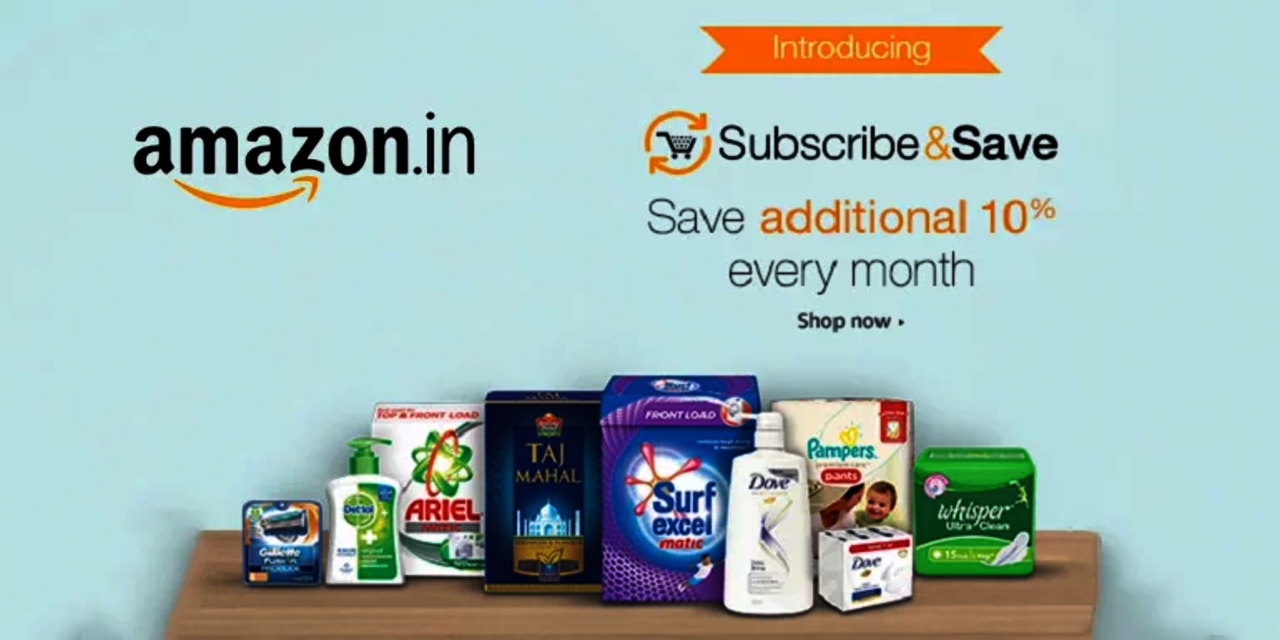
Everything You Need to Know (EYNTK) About e-Commerce Subscription Services
Gone are the days where subscription just meant gym, newspaper or television. Today, there are subscriptions available for almost everything, from food, makeup and grocery delivery to software, streaming and music.
More than half — approximately 54% — of shoppers are using an e-commerce subscription service, according to analysis by Invesp. Subscriptions turn one-time purchases into recurring transactions, offering delivery skips, product swaps, and cross-sells. This leads to flexibility and customization, which benefits both customers and merchants.
Thinking of diving into an e-commerce subscription service? Let’s dive into what exactly that means and different ways you might offer one.
What is an e-Commerce Subscription Service?
Today, brands are looking to increase customer lifetime value by offering recurring products. In the past, it was difficult for the e-commerce business to bring back one-time buyers; however, with the help of subscriptions, e-commerce has the opportunity to be engaged with customers for a much longer period of time.
An e-commerce subscription service is a business model through which a business provides ongoing services or products online, in return for recurring payments from customers. Subscription services, to date, have covered many product categories, including food, fashion, entertainment and more.
Types of e-Commerce Subscription Services
An e-commerce subscription service can fall into one of the three subscription categories: Replenishment, Curation or Access . Let’s study each in detail in order to identify the differences as well as benefits to both customers and merchants.
Replenishment
A replenishment subscription service accounts for 32% of all subscribers. Replenishment subscriptions are most applicable to products that are utilized on a daily basis by the customer. Products that are most often offered through replenishment subscriptions include groceries, toiletries, etc. This subscription model provides products to customers regularly before they run out of them. Customers are regularly offered discounts when they opt to receive products within a replenishment model. The best example of a replenishment subscription service is Amazon’s “Subscribe & Save” program.

Curation
Of all the options, the curation subscription service encompasses a total of 55% of all subscriptions, making it the most popular. Curation subscription services focus on curated products in a box, such as skincare products, meal kits, utensil sets, snack packs, etc. They provide a collection of products based on the individual customer’s preference. Entertainment, like Netflix, Spotify and others, can also be classified into the curation subscription service category, as memberships provide access to a collection of movies, TV shows or music. Blue Apron’s Meal Kit is a popular example of curation-based subscription service.

Image Source: Medical News today
Access
Access subscription services make up 13% of all subscriptions. The Access subscription service focuses on offering membership to have access to a merchant’s products. For example, Thrive Market and Grove are access-based subscription services because customers have to purchase a membership in order to access their products and shop in their store.

Image Source: Thrive Market
Benefits of e-Commerce Subscription Services
Now that you know the types of e-commerce subscription services, let’s consider the benefits one of these models could offer your business.
1. Higher Retention
Subscription services can increase the capability of retaining customers over time. According to data from 16best.net, 28% of customers say that personalization is the number one reason for subscribing. Customization provides the opportunity for online merchants to boost retention and increase loyalty. Having a personalized experience also encourages customers to keep their subscription for a longer time period.
Other components of subscriptions services that lead to increased retention rate include flexibility to choose products (i.e., the option to swap products), to designate a preferred option for communication (i.e., the option to enable SMS Notification or Google One Tap Login), to differentiate frequency of delivery, or to skip deliveries. Empowering customers to manage their subscriptions and customize them to fit their needs helps preserve their business over a greater period of time.
2. Enhanced Acquisition
Subscription services are growing at an unbelievable rate. 16best.net claims the “subscription box” market grew from $60 million in 2011 to $15 billion in 2021. With numbers like that, e-commerce subscriptions are poised to continue to drive customers due to financial incentives, comfort and freshness.
Thanks to repetitive offerings, e-commerce subscription services have a higher opportunity to acquire new customers. For example, merchants can collect reviews from existing subscribers and reveal them through social media posts and advertisements in order to reach new customers and engage them to subscribe. Over time, merchants can regularly study subscriber behavior through research with the aim of using that intelligence to attract new potential customers.
3. Easy Prediction
The subscription service can benefit merchants by offering an easy method of predicting future sales and revenue. For example, because a merchant knows it has customers that are subscribed to its service for a certain period of time, it has a guarantee to forecast sales against.
A merchant can also easily make predictions about inventory and fulfillment when operating via a subscription model because it will have a clear idea around what products to keep in stock throughout the subscription cycle.
4. Increased Customer Involvement
As customers are locked into subscribing to products for a specified period of time within a subscription model, merchants need not worry about keeping them on board. But, building a strong relationship with customers is crucial.
By tracking customer behavior and performance of products throughout the subscription cycle, merchants can interact better with customers. This increases customer lifetime value, encourages customer loyalty and improves product offerings.
Challenges of Running an e-Commerce Subscription Service
Offering an e-commerce subscription service likely means altering your business process. As such, you may face some challenges when getting it off the ground, such as:
Managing Business Process
With subscription services, merchants cannot attract customers, make a sale then move on to the next one. Instead, subscription services involve continuous engagement with customers. Online merchants have to retain customers by forming a bond that leads to brand loyalty and repetitive purchase. Customers are more likely to engage with the brand that offers a personal touch.
Moreover, running an e-commerce subscription service involves managing inventory and order fulfillment periodically. One misstep and you lose a loyal customer.
Failure to Differentiate from Competitors
A new subscription service isn’t going to be successful if its offerings do not stand out from competitors. Get a clear idea of why customers would choose your brand based on their requirements over your competitors’.
Simply offering a subscription service will not work. Because they are becoming more common in the market, the extras you provide will not matter if the base product is not effective. Utilize customer data, make a plan and reach customers where they are.
Tips for Running a Successful e-Commerce Subscription Service
There are few key details to focus on in order to set up a successful e-commerce subscription service. Learning about your customers and turning your offerings to meet customers’ desires remains at the top, along with offering a seamless user experience. Some additional tips include:
- Keep track of metrics, such as churn rate, average order cost, customer lifetime value, customer acquisition cost, etc. These metrics will help to serve your subscribers better and progress your business toward its success goals.
- Research before selecting an e-commerce platform for your subscription and select the one that best fits your needs.
- Provide incentives to customers who opt for auto payments, and allow auto renewals so as to avoid losing a customer just because they failed to renew their subscription.
- The subscription service model you offer must align with your business goals.
- Provide an omnichannel experience to customers. It will become the reason they continue business with you month after month.
Key Takeaways
Developing a successful e-commerce subscription service does not happen overnight. It takes time and grows with relationships. Retaining customers for a longer period of time depends on studying customer behavior and turning offerings accordingly for a seamless shopping experience. The outcome of implementing an e-commerce subscription model is customer satisfaction and increased customer lifetime value.
Watch a video recap of this article below! For more from Magento Association on YouTube, click here.






